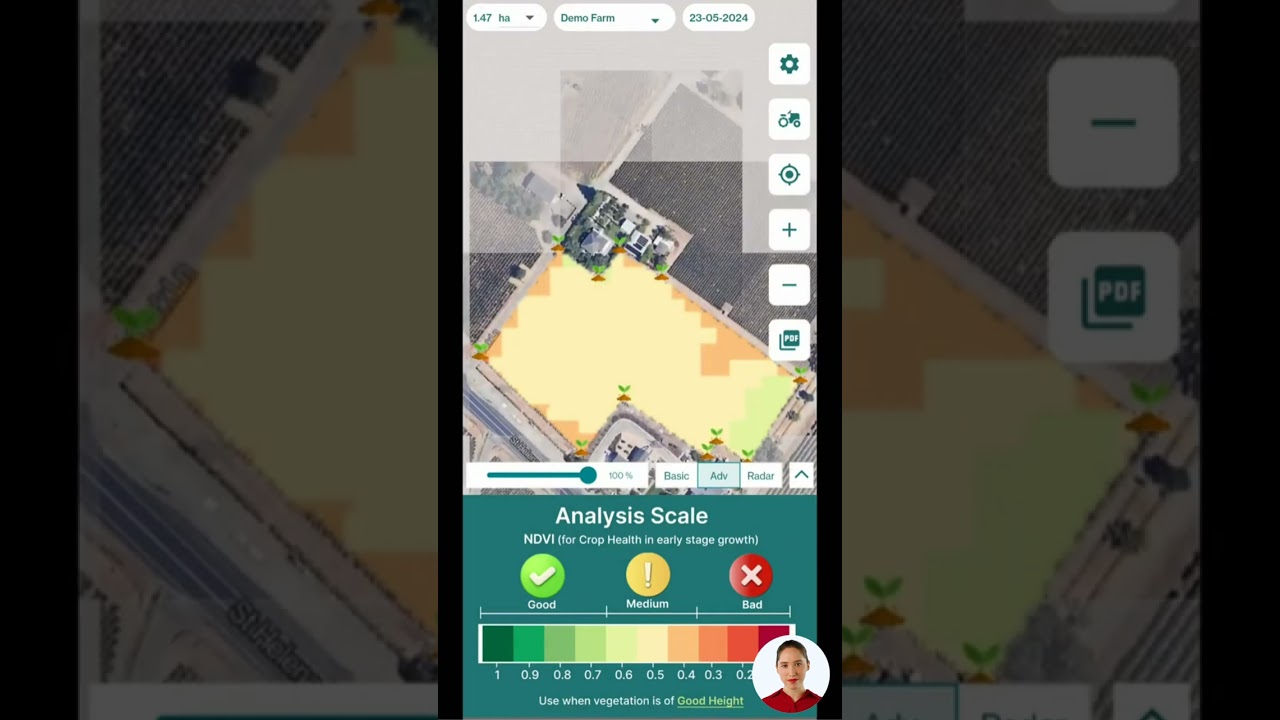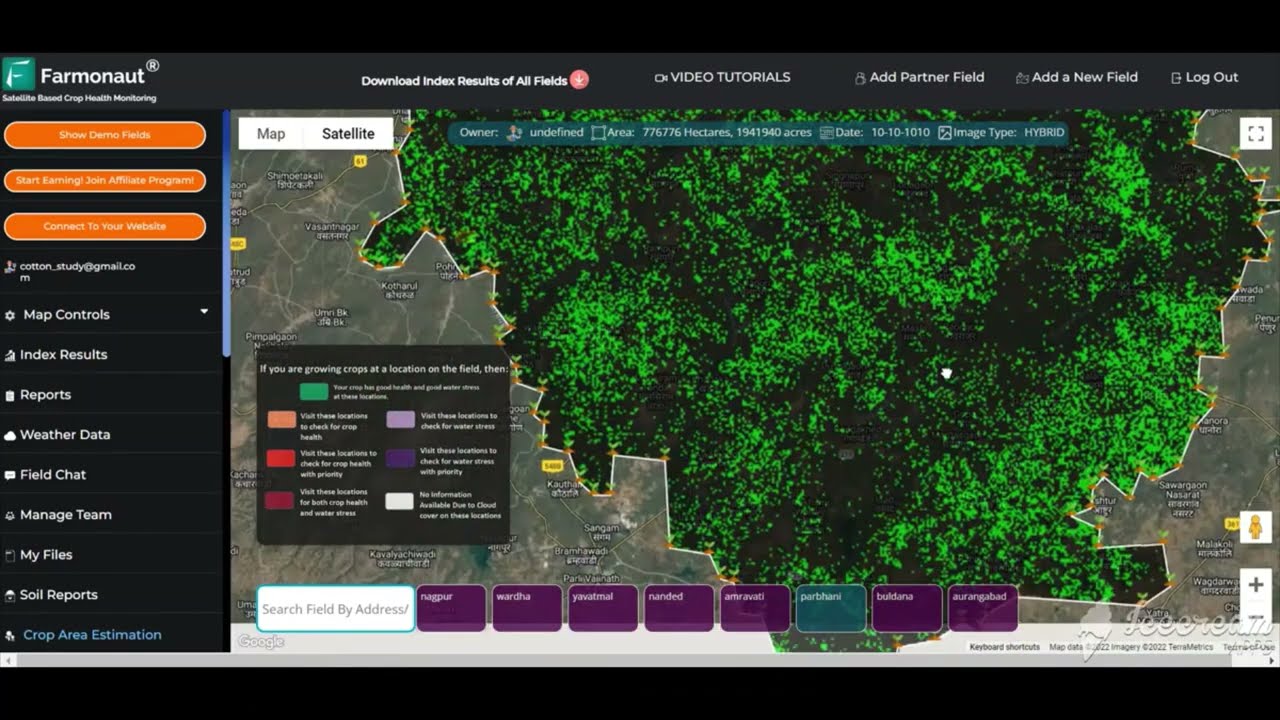Georgia’s $4.4 Billion Budget Boost: How Farmers and Rural Communities Benefit from New Allocations

“Georgia’s 2023 budget allocates $150 million for agricultural loans and timber cleanup, split equally between the two sectors.”
In the wake of Hurricane Helene’s devastating impact, Georgia’s state legislature has taken decisive action to provide substantial relief and support to its farmers, rural communities, and affected citizens. The recently passed House Bill 67 marks a significant shift in the state’s fiscal priorities, introducing a $4.4 billion boost to the budget and reallocating funds to address the most pressing needs of Georgians. As we delve into the details of this comprehensive spending plan, we’ll explore how these changes will shape the future of agriculture, rural development, and overall economic growth in the Peach State.
The Big Picture: A $40.6 Billion Budget
Georgia’s revised state budget for 2023 now stands at an impressive $40.6 billion in state funds, reflecting a substantial increase from the previously approved $36.1 billion. This significant boost in spending is a testament to the state’s commitment to addressing both immediate disaster relief needs and long-term development goals. Let’s break down the key components of this budget and how they impact various sectors of Georgia’s economy and society.
Agricultural Lifeline: $75 Million in Low-Interest Loans
One of the most notable allocations in the new budget is the $75 million earmarked for low-interest loans to farmers. This substantial investment recognizes the critical role that agriculture plays in Georgia’s economy and the severe impact that Hurricane Helene had on the farming community. By providing access to affordable financing, the state aims to help farmers recover from losses, invest in new equipment, and prepare for the upcoming growing seasons.
For farmers looking to leverage these loans effectively, tools like Farmonaut’s satellite-based farm management solutions can provide valuable insights. By utilizing advanced technology to monitor crop health and optimize resource usage, farmers can make the most of their financial resources and improve their overall productivity.
Timber Industry Relief: $75 Million for Cleanup Efforts
Matching the agricultural loan allocation, the budget also sets aside $75 million for timber cleanup assistance. This funding is crucial for addressing the extensive damage caused by Hurricane Helene to Georgia’s forests and timber lands. The timber industry, a significant contributor to the state’s economy, faced unprecedented challenges in the aftermath of the storm, with vast areas of downed trees requiring immediate attention.
This allocation will not only help in clearing affected areas but also in preventing potential secondary disasters such as wildfires that can result from large amounts of dry, fallen timber. Moreover, it will aid in the replanting efforts necessary to ensure the long-term sustainability of Georgia’s forests.
Economic Relief for Taxpayers: $1 Billion in Income Tax Rebates
In a move that will directly benefit a wide swath of Georgia’s population, the budget includes a substantial $1 billion allocation for income tax rebates. This marks the third round of such rebates, demonstrating the state’s ongoing commitment to providing financial relief to its citizens. Under this program, eligible taxpayers can expect refunds of up to:
- $250 for single filers
- $375 for heads of household
- $500 for married couples filing jointly
These rebates serve a dual purpose: offering immediate financial assistance to families and individuals while also stimulating local economies as recipients spend their refunds.
Revitalizing Rural Georgia: Grants and Healthcare Support
Recognizing the unique challenges faced by rural communities, the budget allocates significant resources to support these often-underserved areas:
- $10 million in grants for rural communities
- $35 million for rural hospitals
- $1.4 million increase for Department of Human Resources employee salaries
These allocations aim to address critical infrastructure needs, improve healthcare access, and enhance the quality of public services in rural Georgia. The investment in rural hospitals is particularly crucial, as it will help maintain and improve healthcare facilities that are often the lifelines of their communities.
“The revised Georgia state budget for 2023 totals $40.6 billion, with $1 billion earmarked for income tax rebates.”

Balancing Priorities: Adjustments in Prison Infrastructure
While the budget sees significant increases in many areas, some proposed expenditures have been scaled back to accommodate the new priorities. One such area is prison infrastructure, where the original plan for four new modular prisons has been reduced to two. This adjustment results in a $47 million savings, which has been redirected to other critical needs.
However, it’s important to note that prison infrastructure remains a significant focus, with $333 million still allocated for related upgrades. This includes plans to:
- Hire more correctional guards
- Increase salaries for existing staff
- Invest in new security technologies
These investments reflect a long-term commitment to improving prison conditions and enhancing the overall correctional system in Georgia.
Securing Georgia’s Water Future: The Savannah River Project
Looking towards the future, the budget reaffirms Georgia’s commitment to critical infrastructure development with a $502 million allocation for improving water supply systems from the Savannah River. This project is vital for ensuring the state can meet the growing water needs of both residential areas and emerging industries, such as the Hyundai Motor Group plant in Ellabell.
The Savannah River water supply project exemplifies Georgia’s forward-thinking approach to resource management and economic development. By securing a reliable water source, the state is laying the groundwork for sustainable growth and attracting new businesses to the region.
Budget Allocation Comparison
| Budget Category | 2023 Allocation (in millions) | Previous Year Allocation (in millions) | Percentage Change |
|---|---|---|---|
| Agricultural Loans | $75 | $25 | +200% |
| Timber Cleanup Assistance | $75 | $25 | +200% |
| Income Tax Rebates | $1,000 | $0 | N/A |
| Rural Community Grants | $10 | $5 | +100% |
| Hospital Grants | $35 | $20 | +75% |
| Prison Infrastructure | $333 | $380 | -12.4% |
| Savannah River Water Supply Project | $502 | $250 | +100.8% |
The Role of Technology in Agricultural Recovery
As Georgia’s farmers prepare to leverage the newly allocated funds for recovery and growth, the importance of modern agricultural technology cannot be overstated. Tools like Farmonaut’s satellite-based crop monitoring system can play a crucial role in maximizing the impact of these investments.
By providing real-time data on crop health, soil moisture levels, and other critical metrics, Farmonaut empowers farmers to make informed decisions about resource allocation and crop management. This data-driven approach can lead to:
- Improved crop yields
- Reduced input costs
- More efficient use of water and fertilizers
- Early detection of pest and disease issues
For farmers looking to integrate these advanced technologies into their operations, Farmonaut offers accessible solutions through its  and
and  .
.
Long-Term Impact on Georgia’s Agricultural Sector
The significant budget allocations for agricultural loans and timber cleanup are expected to have far-reaching effects on Georgia’s agricultural sector. These investments will not only aid in immediate recovery efforts but also set the stage for long-term growth and sustainability in the industry.
Some of the anticipated long-term impacts include:
- Increased adoption of precision agriculture techniques
- Enhanced resilience to future natural disasters
- Diversification of crop types and farming methods
- Improved sustainability practices in forestry management
- Attraction of younger generations to farming through modernization
By combining financial support with technological advancements, Georgia is positioning its agricultural sector for a robust and sustainable future.
Empowering Rural Communities
The budget’s focus on rural community grants and hospital funding is a crucial step towards addressing the urban-rural divide in Georgia. These investments are expected to yield significant benefits, including:
- Improved healthcare access and outcomes in rural areas
- Enhanced local infrastructure and public services
- Increased job opportunities and economic activity
- Retention of young professionals in rural communities
- Bridging the digital divide through improved connectivity
For rural communities looking to leverage these grants effectively, Farmonaut’s solutions can provide valuable data for land use planning, resource management, and agricultural development strategies.
Economic Ripple Effects
The $4.4 billion budget boost is expected to create significant economic ripple effects throughout Georgia. From increased consumer spending due to tax rebates to job creation in various sectors, the economic impact will likely be felt across the state. Key areas of economic stimulation include:
- Construction and infrastructure development
- Agricultural equipment and technology sales
- Healthcare sector growth in rural areas
- Increased demand for skilled labor in forestry and land management
- Boost to local businesses as consumers have more disposable income
These economic benefits are expected to contribute to Georgia’s overall growth and prosperity in the coming years.
Environmental Considerations
While the budget primarily focuses on economic recovery and development, it’s important to consider the environmental implications of these investments. The timber cleanup efforts, in particular, present an opportunity to implement sustainable forestry practices and potentially explore reforestation initiatives.
Additionally, as farmers invest in new technologies and practices, there’s potential for increased adoption of environmentally friendly farming methods. Tools like Farmonaut’s satellite monitoring can help in promoting sustainable agriculture by optimizing resource use and reducing environmental impact.
Looking Ahead: Future Budgetary Considerations
As Georgia implements this ambitious budget, it’s crucial to consider the long-term fiscal implications and potential areas for future investment. Some key considerations for future budgets may include:
- Continued support for disaster preparedness and resilience
- Investments in renewable energy and green technologies
- Further expansion of rural broadband and digital infrastructure
- Ongoing support for agricultural innovation and research
- Addressing long-term water management and conservation needs
By maintaining a forward-looking approach, Georgia can build on the foundation laid by this budget to ensure continued growth and prosperity for all its citizens.
Conclusion: A Comprehensive Approach to State Development
Georgia’s $4.4 billion budget boost represents a comprehensive and thoughtful approach to addressing the state’s immediate needs while investing in its long-term future. From supporting farmers and rural communities to improving infrastructure and providing economic relief to taxpayers, this budget touches on numerous aspects of life in the Peach State.
As Georgia moves forward with implementing these budgetary measures, the integration of technology and data-driven decision-making will be crucial. Solutions like those offered by Farmonaut can play a vital role in maximizing the impact of these investments, particularly in the agricultural sector.
By balancing immediate relief with long-term development goals, Georgia is setting a strong foundation for sustainable growth and prosperity. As these initiatives unfold, it will be exciting to see how they shape the future of the state and improve the lives of its citizens.
FAQ Section
Q: How much is allocated for agricultural loans in Georgia’s 2023 budget?
A: The 2023 budget allocates $75 million for low-interest agricultural loans to support farmers affected by Hurricane Helene.
Q: What is the total amount set aside for income tax rebates?
A: The budget includes $1 billion for income tax rebates, which will provide up to $500 for eligible married couples filing jointly.
Q: How much funding is dedicated to rural community development?
A: The budget allocates $10 million in grants specifically for rural communities, along with $35 million for rural hospitals.
Q: What is the total state budget for Georgia in 2023?
A: The revised state budget for 2023 totals $40.6 billion in state funds.
Q: How much is being invested in the Savannah River water supply project?
A: The budget includes $502 million for improving water supply systems from the Savannah River.
Q: Are there any changes to prison infrastructure spending?
A: Yes, the original plan for four new modular prisons has been reduced to two, resulting in $47 million in savings. However, $333 million is still allocated for prison-related upgrades.
Q: How can farmers benefit from technology in light of these budget allocations?
A: Farmers can leverage technologies like Farmonaut’s satellite-based crop monitoring system to optimize resource use, improve crop yields, and make data-driven decisions, maximizing the impact of the allocated funds.
Earn With Farmonaut
Earn 20% recurring commission with Farmonaut’s affiliate program by sharing your promo code and helping farmers save 10%. Onboard 10 Elite farmers monthly to earn a minimum of $148,000 annually—start now and grow your income!
Farmonaut Subscriptions
For more information on Farmonaut’s satellite and weather API, visit our API page or check out our API Developer Docs.

















